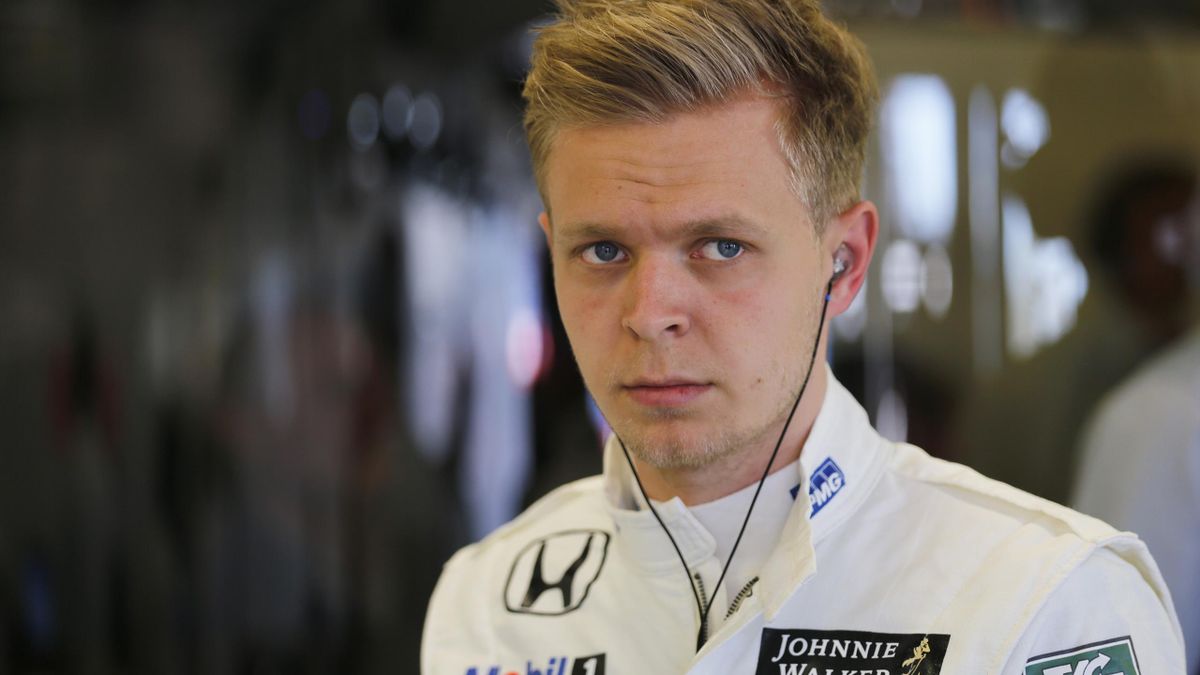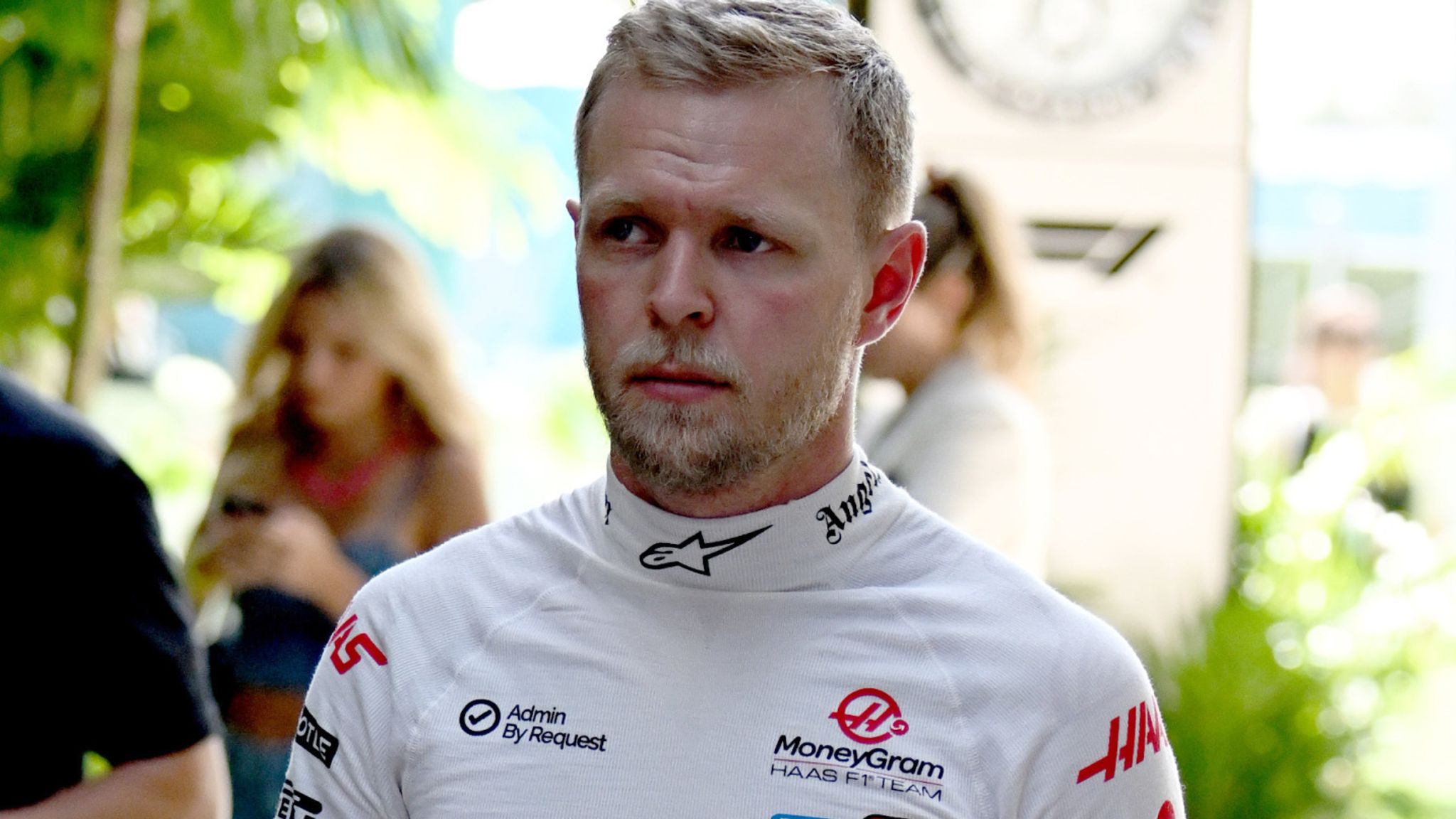The team based in Hinwil, Sauber, hasn’t scored any points this season yet. Their qualifying performances have dropped since the season began.
Kevin Magnussen started the Canadian Grand Prix from 14th on the grid. He found the extreme wet tyres very effective in the first six laps when the track was very slippery. By the end of lap three, he had moved up to fourth place.
As the track started to dry, the point where it was best to switch from extreme wet tyres to intermediate tyres got closer. Comparing Magnussen’s early laps with Oscar Piastri’s laps, whom Magnussen overtook for fourth place, this switch point came on lap six. Magnussen’s lap time was 1 minute, 34.673 seconds, while Piastri’s was 1 minute, 33.060 seconds. Because of this, Haas decided to bring Magnussen in for intermediate tyres on the next lap.
One might think this was the right decision because Magnussen’s lap times were getting slower compared to the cars ahead. However, a slow pit stop hurt his chances and cost him track position. He came out in 13th place after the pit stop.
After the sixth lap, Nico Hulkenberg, Magnussen’s teammate, managed to stay on track longer. He didn’t pit until lap 12 and had climbed up to seventh place. But his car wasn’t working perfectly, so he was a bit slower than Daniel Ricciardo behind him, who eventually passed him on lap 11 for eighth place.
Magnussen felt they might have pitted too early onto intermediate tyres. He said, “We could have stayed longer on the extreme wets, then switched to intermediates and stayed on them. Also, our pit stop was very slow. We missed an opportunity there.”
It was expected that rain would return around halfway through the race. In hindsight, maybe if they had waited until lap 15 to pit, they wouldn’t have needed an extra pit stop under the safety car. But Magnussen ended up finishing 14th after that extra stop.

To figure out if Magnussen could have earned points without that early pit stop, let’s compare his strategy with staying out longer. Also, let’s consider Hulkenberg’s strategy of pitting on lap 12. By lap six, Magnussen was about 4.76 seconds ahead of Piastri. If he had continued at that pace, Piastri would have needed a few more laps to catch up. However, the track conditions might have slowed Magnussen down a bit.
After his pit stop on lap seven, Magnussen fell behind Ricciardo by about 10 seconds. This put him in 13th place, where he finished after the race. Hulkenberg, who pitted on lap 12, was about 14 seconds behind Ricciardo after his stop. This meant he finished in 18th place, just ahead of Zhou Guanyu.
Magnussen and Hulkenberg’s real-world pace on fresh intermediate tyres was not much faster overall than Logan Sargeant’s pace. If they had saved tyres to make sure they were in good condition for the rain later, their positions wouldn’t have changed much.
The key question is how much time they would have gained if they hadn’t stopped under the safety car on lap 25. Three drivers – Tsunoda, Bottas, and Ocon – stayed out on the same set of intermediates during the safety car. Their average lap time on lap 25 was 1 minute, 52.613 seconds, which was over 10 seconds faster than the pit stops made by Magnussen and Hulkenberg.
However, that 10-second difference wasn’t enough to bring Magnussen and Hulkenberg back into contention. Stopping on lap 15 instead of lap seven would have made a big difference. But stopping on lap 12 and staying out during the safety car could have worked well for Magnussen. This strategy would have put him between the Saubers and possibly ahead of Gasly.
Magnussen may have had a point about his strategy. If he had stayed on extreme wet tyres for a few more laps and had faster pit stops, he might have been able to score points for Haas. But as the saying goes, it’s tricky to predict race outcomes based on incomplete data, especially in wet conditions.

